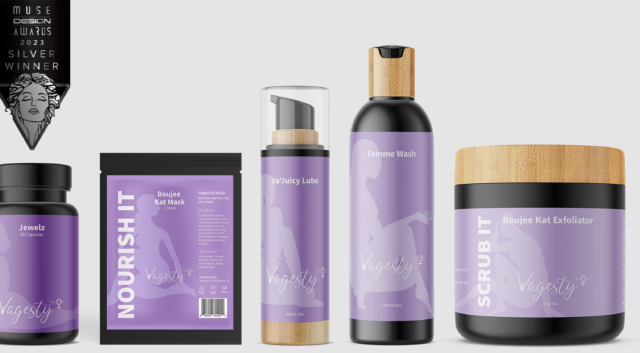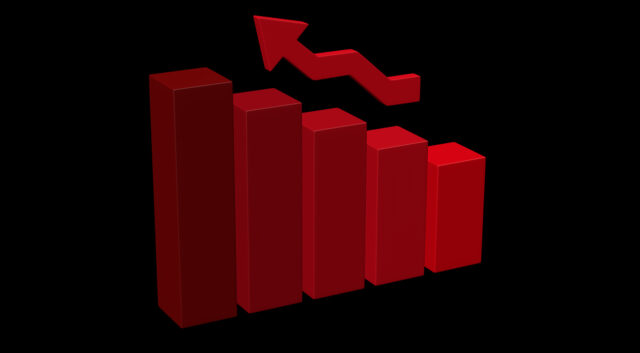EPAM’s latest study shows Covid-19 is being replaced by a new set of challenges for consumer-facing brands. Juliana Pedroso, associate marketing manager, EMEA at EPAM, considers how marketers can work around these.
Consumers Unmasked, EPAM Continuum’s 18-month study of consumer attitudes and actions, was developed to understand the unprecedented behaviors surrounding the Covid-19 pandemic. Now in its third stage, the study goes beyond the pandemic to understand ongoing changes in behaviors.
The latest report reveals that Covid-19 has mostly retreated from consumers’ lives, perhaps quicker than we might have expected. While it is no longer the dominant factor, its legacy remains and contributes to a new set of consumer challenges. How should brands respond?
The pent-up demand to return to social settings has been clear throughout the Consumers Unmasked project. As wariness has dissipated (in most, if not all, areas), consumers have grasped their freedoms. They’ve spent more on eating out together. They’ve booked (or plan to book) vacations. In the United States, they have shunned the at-home fitness equipment they bought during the pandemic in preference for working out together.
It is a reminder that, however else they attract consumers, enabling people to connect at a human level remains a key success factor.
Covid-19 has fractured previous normative behaviors that were once readily accepted by society. Nowhere is this seen more clearly than in the shift to hybrid working. Ironically, given its profound effect on our freedoms, Covid-19 has created more choice in how people live their lives. In response, brands need to be able to deal with consumers in increasingly segmented ways.
Change is a constant. But not all change is of equal weight and impact. For brands, the challenge must be to find and respond to the constants in rapid change. As the pandemic recedes, those constants become easier to distinguish. They include the need to ramp up delivery innovation and online ordering capability, create hybrid online/in-store shopping experiences, develop local ‘feel’ and deliver on transparent, authentic brand values.
For the first time in the project’s history, consumers were asked about emerging technology-driven trends such as the metaverse and cryptocurrency. Their responses show a clear gap between excitement, interest and intent. Brands need to ensure they know what consumers are ready to buy.
The third stage of Consumers Unmasked paints a picture of predominantly happy consumers. Emerging from two years of the pandemic, they are feeling free and ready to return to normality.
At the time of the study, cost-of-living pressures were only just beginning to impact purchase behavior. But things have developed fast.
Looking ahead to the final stage of Consumers Unmasked, it’s clear that the study is no longer about a journey from Covid-19 to normality. It’s a journey from a pandemic to a crisis of a very different sort.
Brands need to be ready to support customers through the difficult months ahead. That presents opportunities to develop deeper and more meaningful connections that are not merely about discounting. They are about demonstrating a deep and personalized understanding of individual consumers, rewarding loyalty, providing moments of joy, showing the power of community and harnessing innovative partnerships. In a period that looks set to be every bit as challenging for consumers as the pandemic (although for very different reasons), they are about providing moments of joy.





